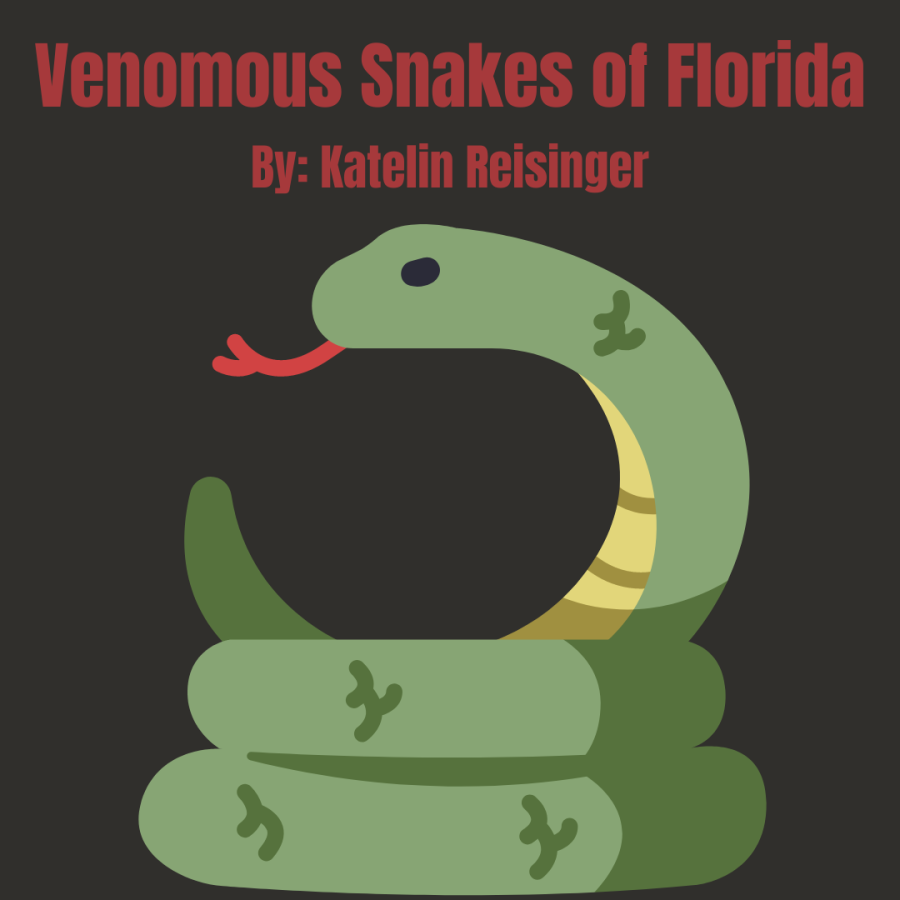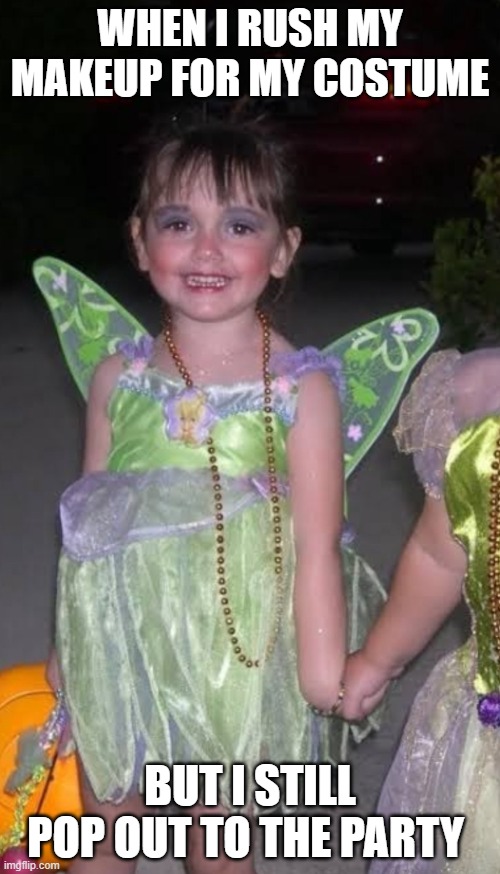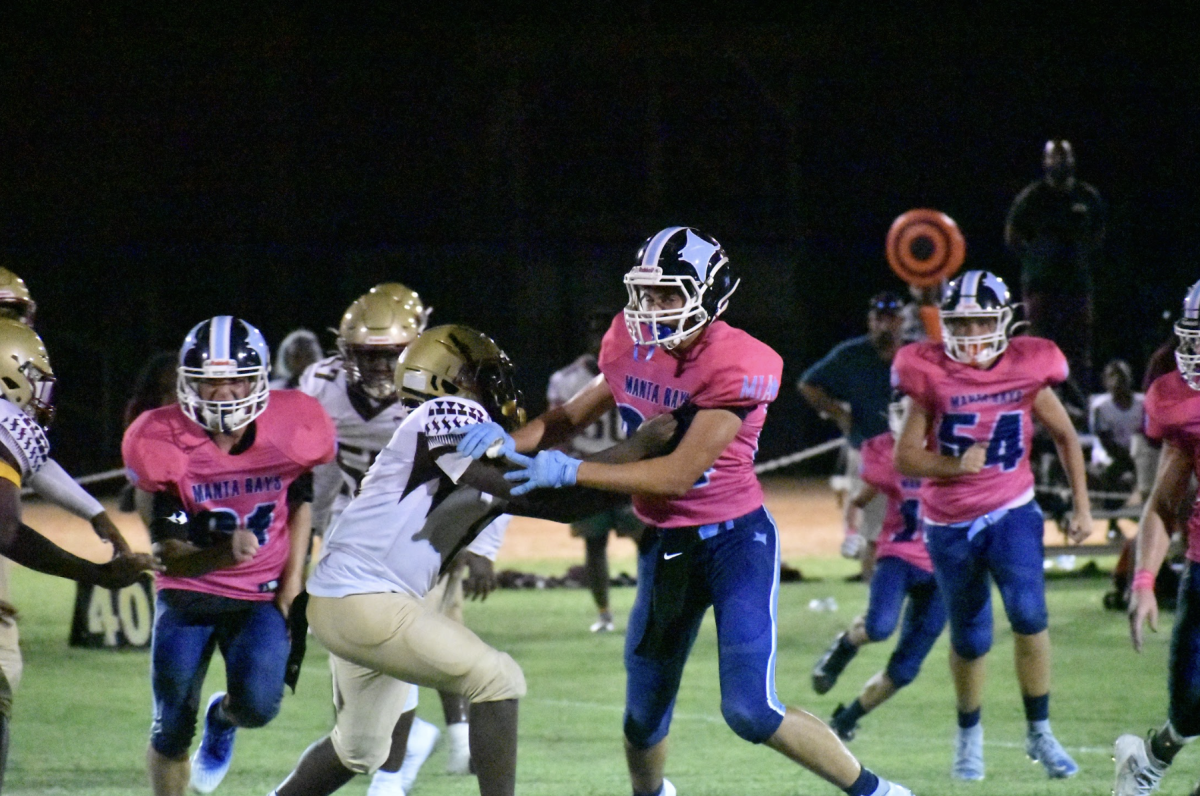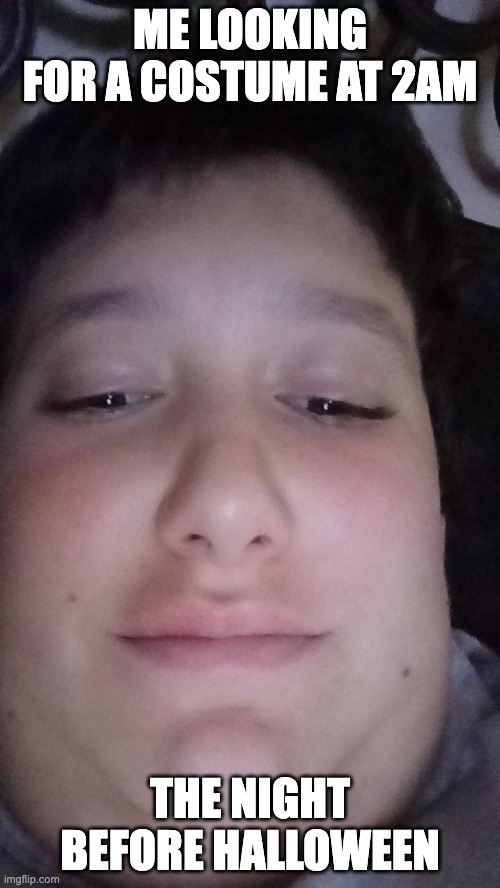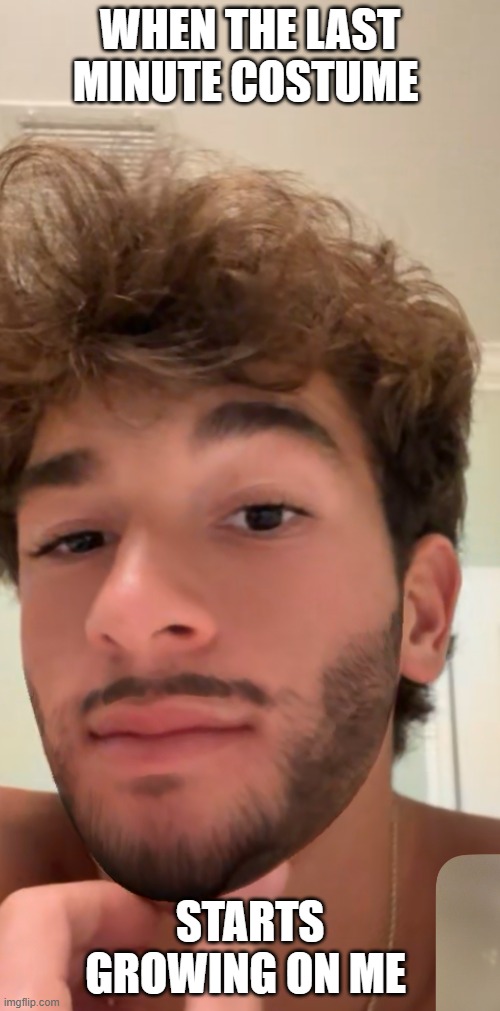Venomous Snakes of Florida
November 2, 2022
One of the most important parts of living in Florida is knowing and understanding our wildlife and ecosystems. Florida is a state filled with beautiful sites and stunning animals that are jaw-dropping for locals and tourists alike. However, Florida’s wildlife can be as deadly as it is beautiful. One of these deadly creatures are snakes. Florida has many more non-venomous species than venomous ones. Our venomous species pack quite a punch to the people who are unfortunate enough to encounter them. Here’s how to identify these venomous snakes and keep both you and the snakes safe!

Eastern Diamondback Rattlesnake
This snake is no joke, they hold more and stronger venom than any other rattlesnake. It is the most deadly snake in the United States. If you are unlucky enough to get bit by one of these snakes, you will immediately feel searing pain that will spread throughout your entire body. The venom will kill tissue, clot blood, and cause cardiac arrest. However, these snakes are not aggressive and tend to only bite when accidentally stepped on or being intentionally messed with. These snakes grow to around 4-8 feet, with 4 feet being the average size for an adult. These snakes have a gray, brown, or olive coloration. They have a dark brown or black band in a diamond pattern. They have 2 white lines located on their head. This snake is found in every county of Florida, some can even be found near the coast of Florida.
Timber Rattlesnake
The Timber Rattlesnake, or Crotalus horridus, is a venomous snake that grows to be around 3-7 feet long. These aren’t the deadliest snakes in Florida, but they can result in a hospital visit if you aren’t careful. The Timber Rattlesnake is not an aggressive snake, so it will rarely bite a human without being prompted too. If you encounter these snakes, give them their space and don’t try messing with them or invading their personal space. As the name suggests, they have a rattle at the end of their tail. This allows them to give you a warning if you are too close. These snakes have a skin color of gray, brown, and tan with a pinkish hue to it. They have a black and brown bands that form a zig-zag pattern on the back of the snake. These snakes can only be found in 12 counties in Northern Florida. There have been no confirmed record of Timber Rattlesnakes outside of these 12 counties. If you get bit, like every other snake on the list, get immediate medical attention!
Dusky Pigmy Rattlesnake
This snake has no death caused on record, these are very non-aggressive snakes. They only attack when prompted by humans. These snakes have little venom but it is very potent and can cause internal bleeding. As their name suggests, they are very small and only grow to be around 2 feet long, significantly shorter than other rattlesnakes. These snakes are very common, and can be found throughout the state of Florida. These snakes are uncommonly located in the Keys but, on rare occurrences can be found there. They vary from dark to light gray with a row of lengthwise black blotches and have a distinct red line running down their body. This helps make them easy to identify. Even with their low death count, make sure to receive medical attention if you get bit by one of these snakes.
Coral Snake
These reef snakes are very similar-looking to a Kingsnake. The way people remember to tell them apart is if the yellow band touches the red bands, it’s a coral snake. If a yellow band only touches the black band, then it is a kingsnake. My dad always told me, “If you’re close enough to tell, you’re too close.” These snakes are very small and thin. The coral snake can grow to be around 3 to 5 feet. These snakes are docile and non-aggressive but very dangerous when they bite. If bitten, a neurotoxin will be released into the body that attacks the nervous system and stops the heart and lungs from working. These snakes can be found throughout the state of Florida and enjoy hanging around coastal plains.
Copperhead Snake
These snakes are found in the panhandle of Florida. They enjoy living in forests or in swampy areas. Copperheads are a specific species of pit viper and are the least venomous type of pit viper. But watch out, the bite can still cause some health complications and is very painful. If you get bitten, seek medical attention. Similar to other species, a lot of the bites come from people not paying attention to their environment and stepping on them, as this is a non-aggressive species. The Copperhead is named after its appearance, it has a bright rusty red head and a light brown color that is stripped throughout its body. Due to said appearance, they blend in well with their habitat and can be very tricky to spot when not being careful.
Cottonmouth Snake
These snakes are iconic within the state of Florida, and are associated with the Everglades and swamps. These snakes also are commonly known by the name” Water Moccasins”. They get the name “Cottonmouth” from the appearance of the inside of their mouth, which is very white and looks like cotton. These snakes are also a type of pit viper. Their venom is slightly more toxic then the Copperhead. Without going to a hospital, Water Moccasins bite can and will kill. Their bites cause intense pain and swelling around the area of the bite. In extreme cases this can lead to amputation. These snakes are aggressive but will not immediately strike. If you do encounter one of these snakes in the wild, stay calm and put as much distance between you and snakes as possible. Since we are so much bigger than these snakes, we are the threat and these snakes will attack from fear. The Cottonmouth snakes can be found in every county in Florida. These snakes can grow to be around 3 feet long and have very thick bodies. When they are young they are a brown color with dark bands wrapping around them. Once fully mature, Cottonmouth turns completely black. The species they are most commonly confused with are Black Racers. Black Racers are much thinner then Cottonmouth and don’t have the iconic white mouth.

In Florida, it is important to remember to be careful and safely share our state with our reptilian neighbors. These different species of snakes help keep our ecosystems healthy and keep our rodent populations under control. Despite looking scary and threatening, most species of snakes we see aren’t venomous and bites are rare for venomous snakes. It’s always important to keep an eye out when walking around in our state!


